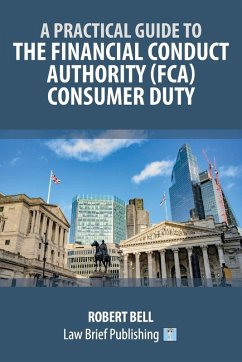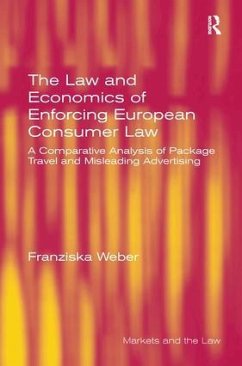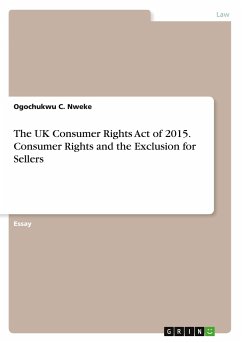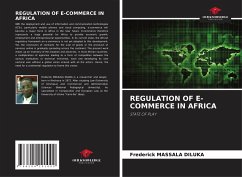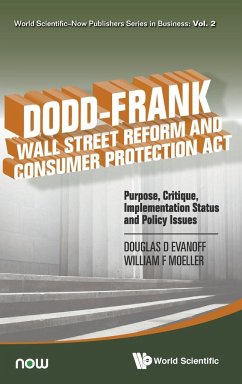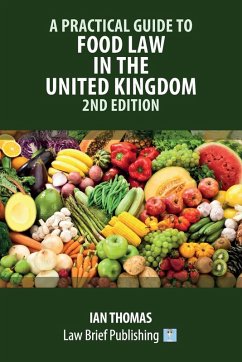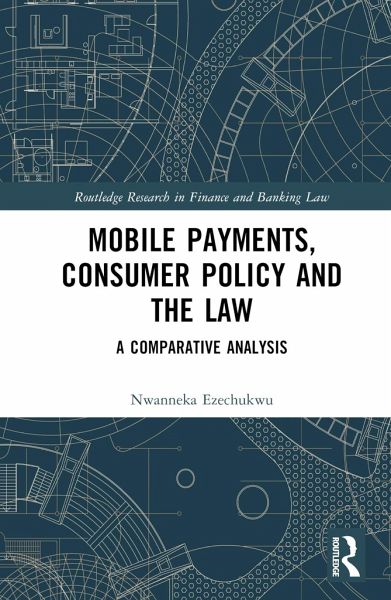
Mobile Payments, Consumer Policy, and the Law
A Comparative Analysis
Versandkostenfrei!
Versandfertig in 1-2 Wochen
149,99 €
inkl. MwSt.
Weitere Ausgaben:

PAYBACK Punkte
75 °P sammeln!
Mobile technology offers an innovative and cost-effective channel for delivering a range of financial services, including mobile payments. In some jurisdictions, mobile payments simply provide a convenient option for facilitating payment transactions. In other jurisdictions, mobile payments are viewed as potentially transformative because they present an opportunity to expand access to financial services. However, as with other innovations, mobile payments raise consumer protection concerns and require robust regulatory mechanisms to address such concerns. Against this backdrop, the book adopt...
Mobile technology offers an innovative and cost-effective channel for delivering a range of financial services, including mobile payments. In some jurisdictions, mobile payments simply provide a convenient option for facilitating payment transactions. In other jurisdictions, mobile payments are viewed as potentially transformative because they present an opportunity to expand access to financial services. However, as with other innovations, mobile payments raise consumer protection concerns and require robust regulatory mechanisms to address such concerns. Against this backdrop, the book adopts a typology of consumer policy tools which can be used to address the identified consumer concerns. This typology guides the enquiry into the existing consumer protection frameworks applying to mobile payments in selected jurisdictions (Canada, Kenya, and the United Kingdom). The main objective of this endeavour is to identify best practices that national authorities seeking to leverage mobile payments and similar innovations can emulate. This book will be of interest to policymakers, regulators, industry stakeholders, students, and scholars interested in the regulation of innovative financial services, particularly from a consumer protection perspective.





